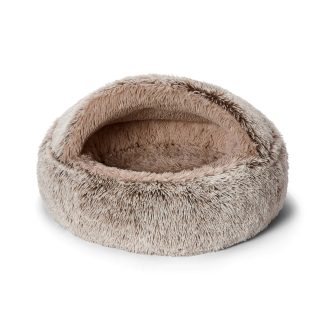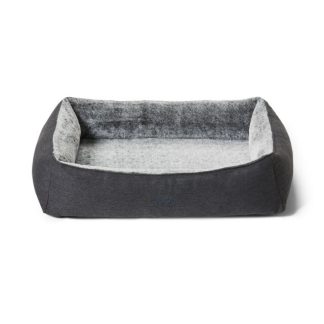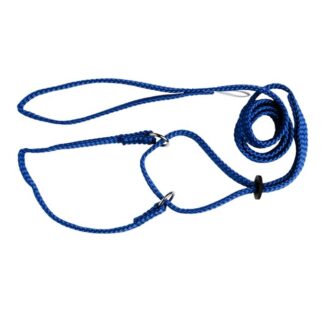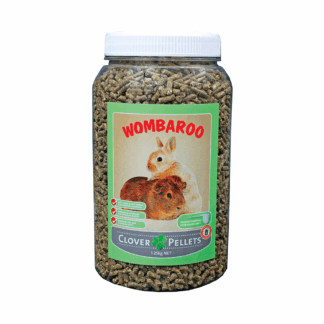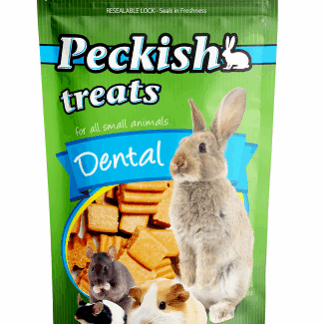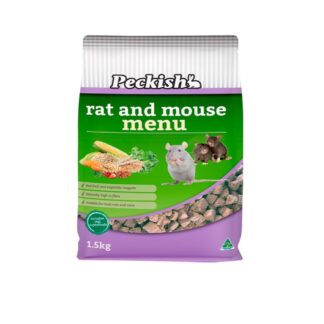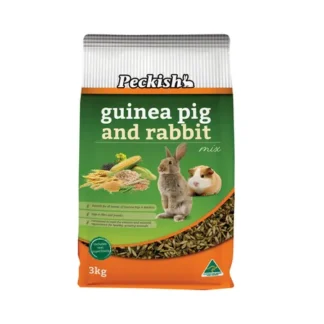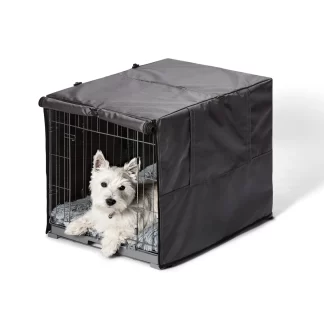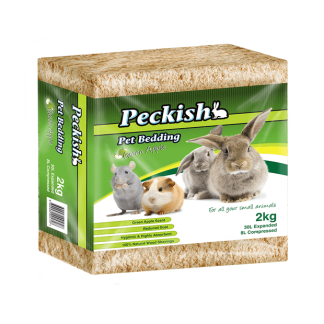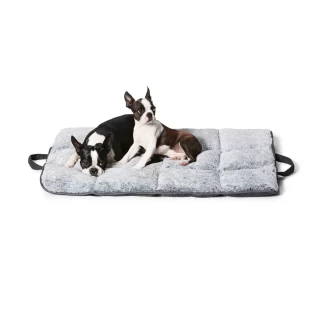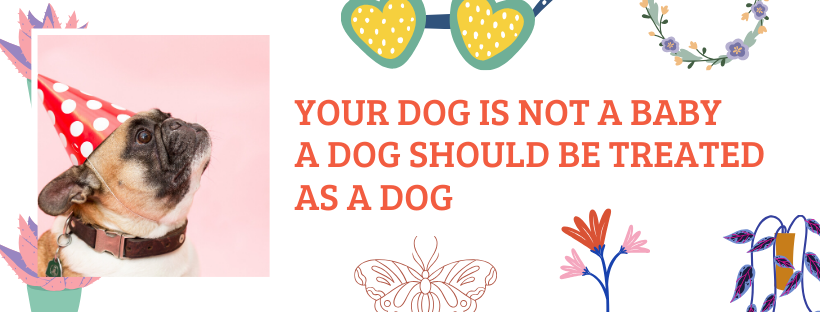
Have you started talking to your dog like a baby? (So why use baby talk or treat them as human?)
Is your Dog man’s best friend; or your only friend?
All dog owners talk to their dog’s; whether it be voice commands or use of hand signals etc. There is nothing wrong with teaching a dog command recognition; especially for things like “stop, heel, sit, drop, roll over, walk, no, yes” or to come when called (for food, to take them for a walk etc.).
Dogs get bored, and then also love the attention and small rewards that go with them.
I also don’t have an issue with teaching a dog a few tricks to make a humorous YouTube clip, or to take some funny or cute pics to put up on a social media site like Instagram or on your Facebook page.
However, are these things really just spontaneous or money making “Pay per Click” income generators than can rake in a huge income; as seen with “Grumpy Cat”?
An occasional funny hat, ribbon etc. worn temporarily only is quite okay. So too are things like bedding, mats, leashes, toys etc. that you can buy from a reputable supplier dog beds Australia.
Those sort of situations or products have a fun, playful and cuteness factor to them, without being extreme. Mind you, if you see definite sigs from your dog that they are anxious, fretting, aggressive etc. about these things then stop.
We should never force these things on to our pets.
Where I do have a problem is when people go completely over the top in dressing a dog up to look like a child pageant entrant with frilly, sequinned outfits, as well as extreme clipping and/or dyeing their coat to make them look like something other than what they are; which is a dog.
Another human behavior that I just don’t get is using baby talk to speak with an animal it makes me think, why do we talk to dogs in high pitched voices. It could be that whole, “have you been a good bubba for mummy/daddy” king of chat; or if the dog exhibits a dog behavior only to have the human speak back at them along the lines of; “Naughty boy, you know mummy/daddy has told you not to do that; why are you behaving like that?”
At times I think it would be hilarious for the dog to talk back using baby speak along the lines; “can mummy/daddy take me for a walkie now? I’d love a teensy-weensy treat too as I’ve been such a good puppy”. I would so love to see the expression on their owner’s face.
The main purpose of this Blog article is really to remind us all that a dog exhibits particular behaviors because they are innate; part of their DNA. While it is okay for us to train our dog in the positive ways mentioned at the beginning of this section, it is not okay to turn a dog into a mini-human, so realize your dog is not a baby and question if dogs like high pitched voices.
We often hear, or may have even used the phrase ourselves, “the dog is like a part of the family”. However, dogs are meant to socialize with other dogs; not just with their human companions.
Likewise, as humans we too are also meant to socialize with other humans; not just a solitary existence or socialization only with our dog.
For the best health of all involved we need that balance and social interaction with other humans and with our pets and come to the conclusion that your dog is not a baby.
The following examples are also worth considering and implementing with our dogs so that this level of balance and interaction is a healthy one.
Your dog is not a baby – Does referring to our pets as “Fur babies” indicate we are loving our animals too much?
The Sydney Morning Herald (SMH) had a great article titled “Fur babies: why treating our dogs like our kids is bad for everyone”, by Melinda Houston back on April 21, 2017 – 10.09am.
Melinda gives some great, and relatable examples just in the first couple of opening paragraphs, such as:
Who could forget that Movie image of Reese Wotherspoon carrying her small designer dog in her bag, in “Legally Blonde”?
Around the same time, we were also saturated with images of socialite Paris Hilton carrying her small, designer pooch in a similar way.
She highlights that the phrase “fur baby” was added to the Oxford Dictionary in 2015 due to its common usage.
An important trend gleaned from a 2016 survey by Animal Medicines Australia was that 64% of people (up from 59% 3 years earlier) now regarded their dog as a family member versus the 23% who regarded them as a companion.
Melinda cites Trish Harris a dog trainer says the trend for owners to treat their pets as surrogate children can be damaging.
The quote acknowledges that the behavior is better than neglect or abuse, but questions whether we are loving our dogs too much; or the wrong way, coming to realize your dog is not a baby and in the process doing them harm.
A couple of Melinda’s examples from a dog obedience club in Melbourne are quite poignant. Example 1 is a couple who state that their small fluffy dog doesn’t like to walk, and use this as a reason for carrying the dog. Example 2 concerns a Lab-cross with behavioral issues that the owner is unsure if he believes can be addressed by training, as he doesn’t like telling his dog what to do.
The 2016 Animal Medicines Australia also highlighted that in that year more than $12 billion was spent on pets and pet products, of which $4 billion was on food, $1 billion on accessories and only $274 million spent on training.
One interesting observation in life is the sheer number of designer dogs that have arrived on the market; particularly in the past 10-15 years. Often the breed names contain “oodle” as part of their cross-breed description, and highlighting some Poodle genes.
Examples include Cavoodle puppies, Labradoodles, Groodles and other mixes as well such as Malteste/Shihtzu cross. I even saw an example of an Italian Greyhound/Miniature Chihuahua cross and how that one was even conceived is still a bit of a head scratcher.
The SMH article suggests that because many of the toy breeds are seen as being adorable and therefore get away with particular behaviors.
Another interesting observation is that overcompensating for negative behavior is often applied to dogs sourced from animal shelters; a case of applying human emotions to the situation, which may not be what the dog needs.
We may be trying to save the animal but our needs may have the opposite effect and turn the dog into a dog that is aggressive, uncontrollable, or undisciplined.
What do dogs want but also don’t always need?
There is no definitive answer to that question. After all, if we had to have a book called “What Women Want” written then it indicates that as fellow humans we don’t always understand the want and needs of half the population, even when communicating in the same language.
Therefore, with that in mind how can we possibly know the wants and needs of a dog when there is no common language between us?
We do know that dogs love exercise; a good hard run, a game of fetch where we throw a stick or ball; even spending hours trying to get food we have put inside a toy for them.
They also need things like to feel safe, our guidance as well as some form of structure in their life. Often though, we overlook these things.
In many respects we are actually killing our dogs with kindness.
By that, I mean food with too rich a fat content and/or too great a portion size.
Some breeds are prone to diseases such a hip displacement, or knee displacement and arthritis.
With some designer dog mixes we are so caught up with making the dog cross-breed look “cute” that we are ignoring these congenital health issues and adding those into whole new strains of cross-breeds.
The prevalence of obesity in dogs is also increasing due to the increased weight of many dogs and breeds.
While dogs want that fun and exercise in their lives, we are actually part of the problem about why they are not getting it, as we too are also become obese as humans, and therefore we cannot always give the dogs the level of exercise required.
Another negative similarity between humans and dogs is that both have a “sweet receptor”, located on our tongues.
Therefore, we can be guilty of buying ourselves little treats, and rewarding our dogs with the same treat; not always taking into account just how much sugar is contained within.
Likewise, we also get emotionally hooked by product advertising of pet treats and as a result it actually baits us into buying the treats.
Once again, we don’t necessarily check on how much sugar content there is because the bait advertising has already hooked us and we have talked ourselves into believing the treat is good for our dog.
Dogs also want us to be humans and not dogs. Never think by facing off to a dog and growling and trying to “dog speak” by staring them out at them is going to be taken as fun.
The odds are the human could end up needing medical attention afterwards. That isn’t worth contemplating, especially if it is a child that has been bitten.
In extreme cases dogs have then had to be euthanized because of their attack on a human but that is not always fair if the dog faced extreme provocation, or felt threatened by our behavior.
At the beginning of the article we discussed the negatives of dressing your dog up as a child and communicating with them in “baby speak”.
Later in the article we have talked about obesity in dogs and what harm this can cause to their health. The two are actually linked. In an article in “The Week” by Leslie Turnbull a renowned, professional animal trainer called Roland Sonnenburg had this interesting comment:
People who see their pets as human babies tend to have obese pets. They think dogs should eat as frequently as humans, despite the fact that canids have evolved differently. They also tend to feed what the dog finds most yummy rather than what will make the dog healthy.
Source: The Week, “Your dog is not a human being. Stop treating her like one.” By Leslie Turnbull, February 9, 2015
A friend recently asked me to advise him about is his seriously overweight dog. I watched him feed her dinner, pouring cream and gravy over the food, and hiding treats in the food, said a big ‘I love you!’ I asked about all the added yummies and extra affection, and he explained that if he did not do this, she would only eat a bite or two and leave her food.
Jia Tolentino is a staff writer at The New Yorker and had an interesting article in that magazine discussing why humans treat their dogs as people. These are some summary, edited comments from that piece:
“If you have the means, you can treat your dog like a rich and fancy person. A “five-star” chain of boutique dog accommodations, with full amenities; night-and-day room service prepared by a private chef; a gym, where dogs can run on treadmills; a selection of grooming options.”
Source: The New Yorker, Why Humans Treat Their Dogs Like People, By Jia Tolentino, May 23, 2019
“Does a dog need a forty-two-inch flat-screen TV?” Brown asks. “No, but a parent knows that, by having that TV on, it will keep the dog company and it will feel more at home.” (Kerry Brown, the co-owner of the New York City location of D Pet Hotels)
Your dog is not a baby – Change your behaviour and your dog will be better and happier for it
After researching and writing this Blog article it seems to me that humans are a big problem when it comes to many of the negative issues, health and behavior of dogs. It seems to me that we are literally “killing them with kindness” when talking to your dog like a baby.
If we spend a bit more time looking at what dogs really need then not only will we help their health, diet and exercise levels, then we will have a reflected list of the same benefits for ourselves.
It is also apparent that we need to let dogs be dogs because they will be better and happier for it.
At the same time, it will leave us more time to be humans with the knowledge your dog is not a baby, because we all have happiness issues that could be addressed through a better lifestyle and better human socialization.

